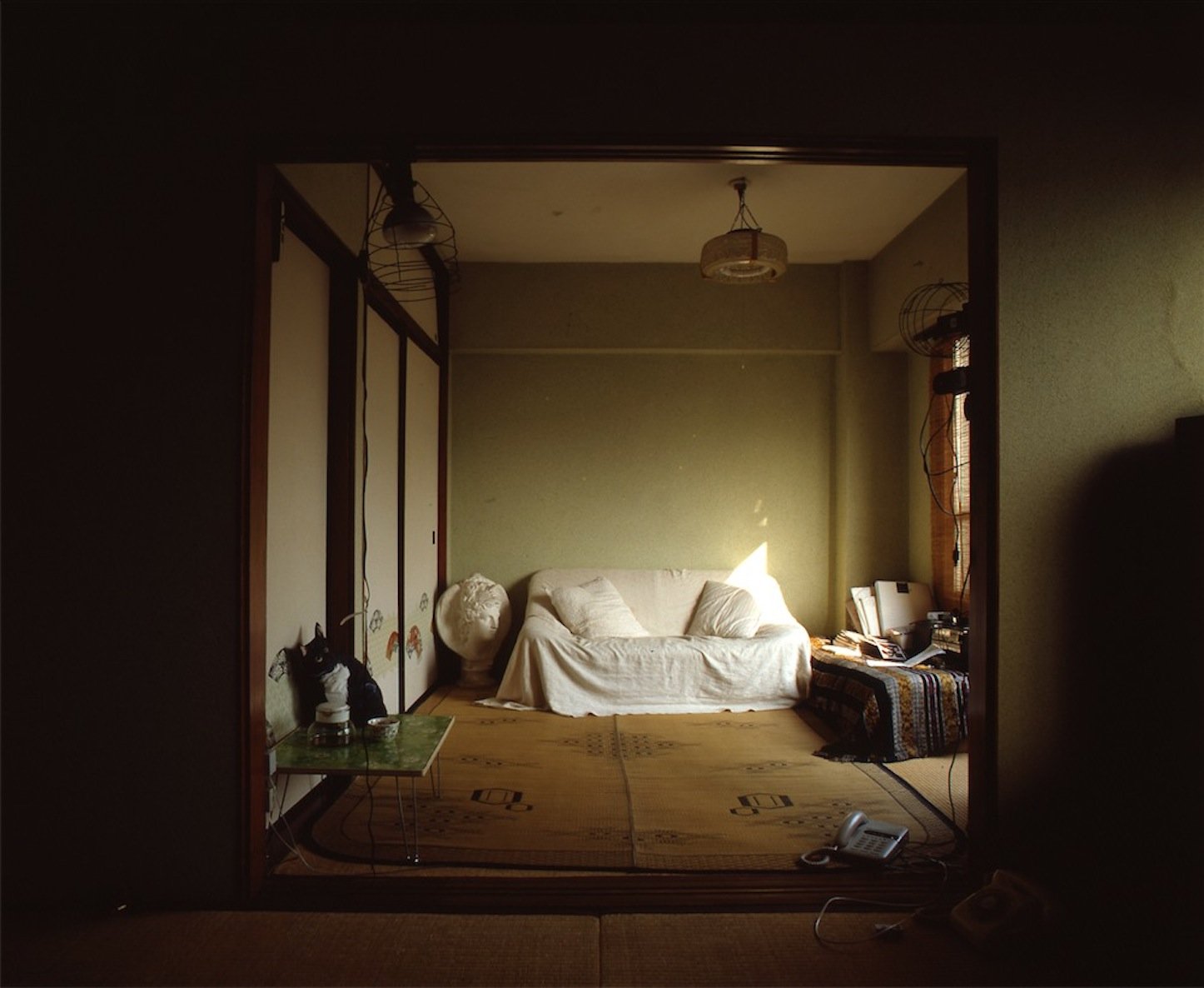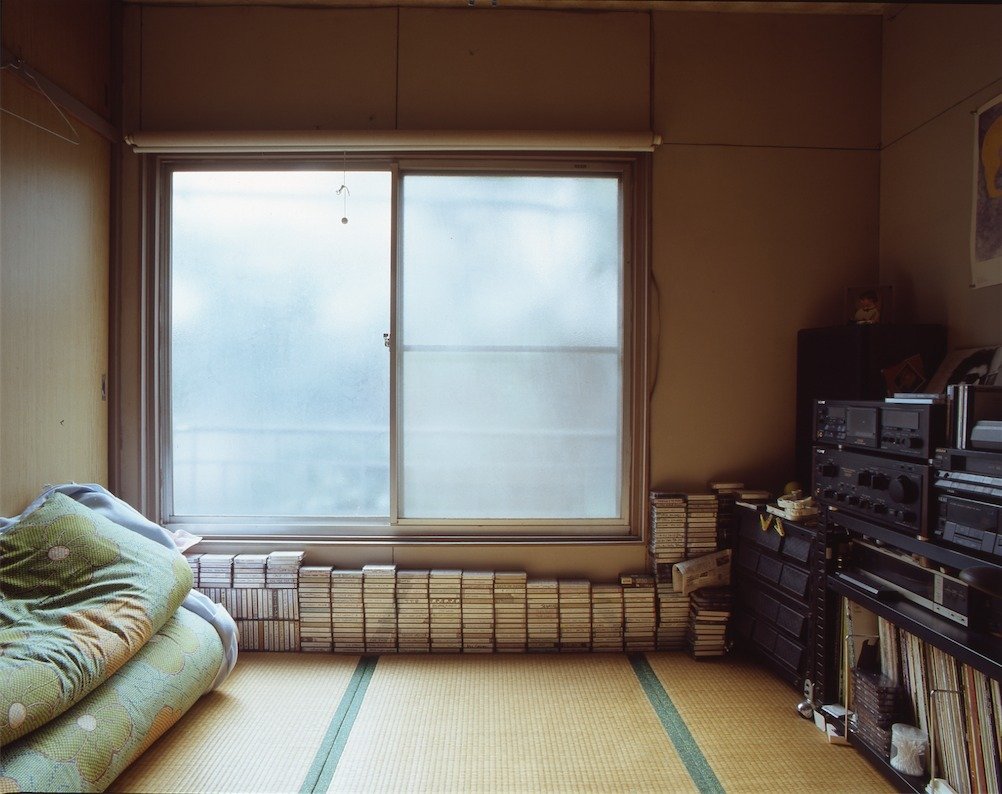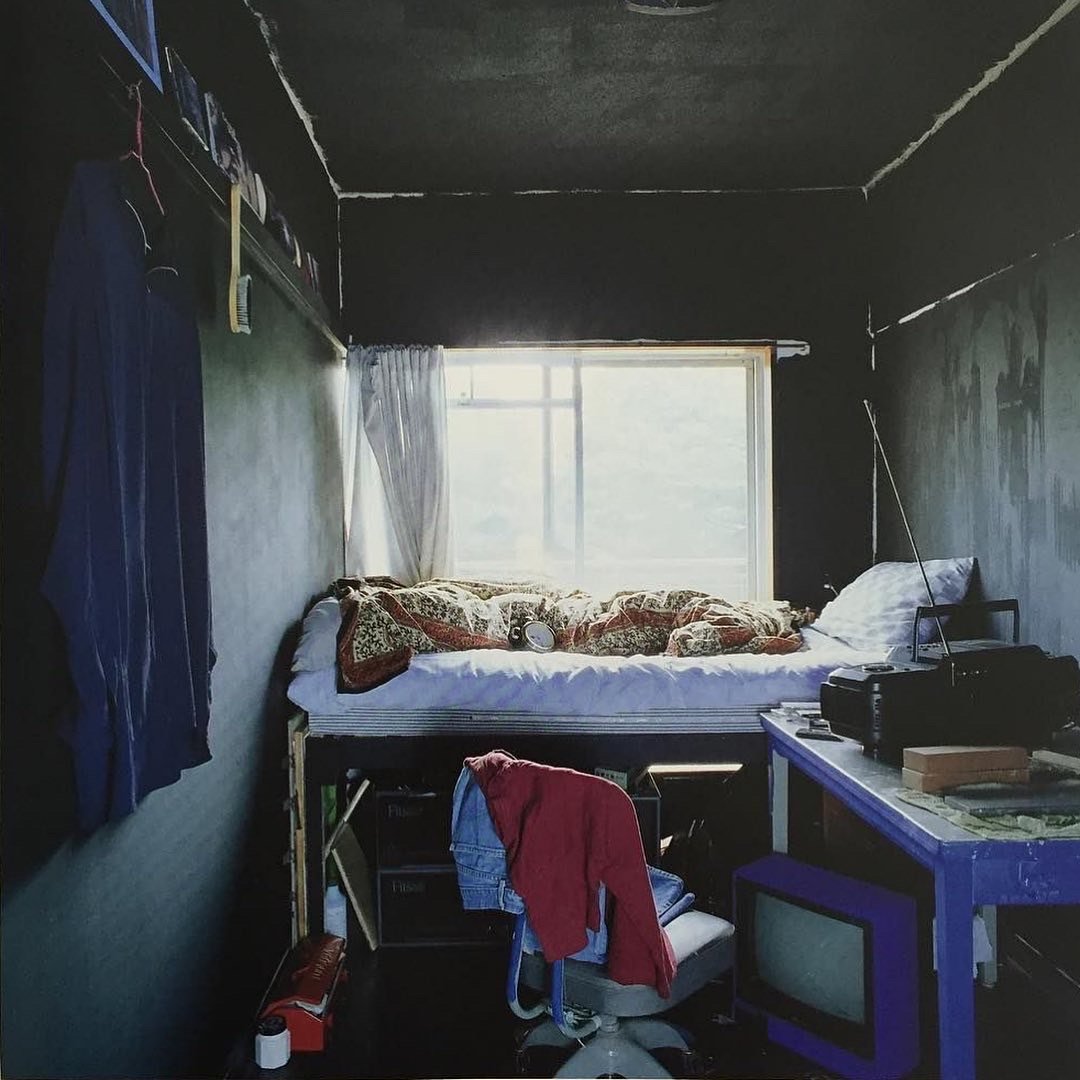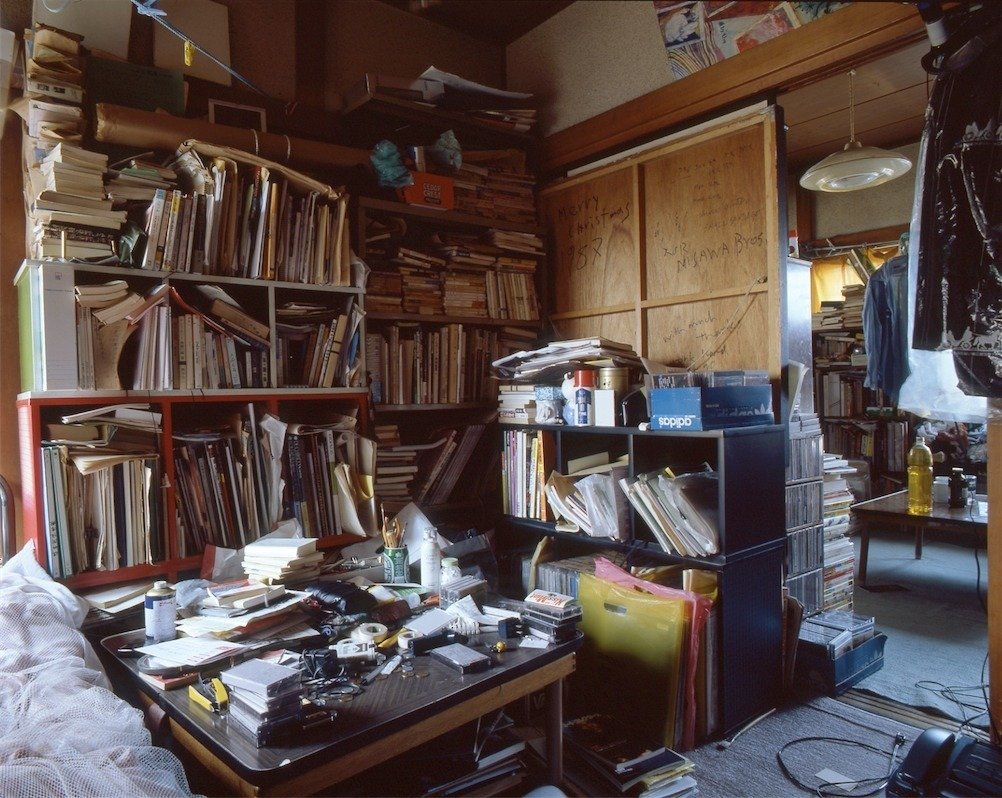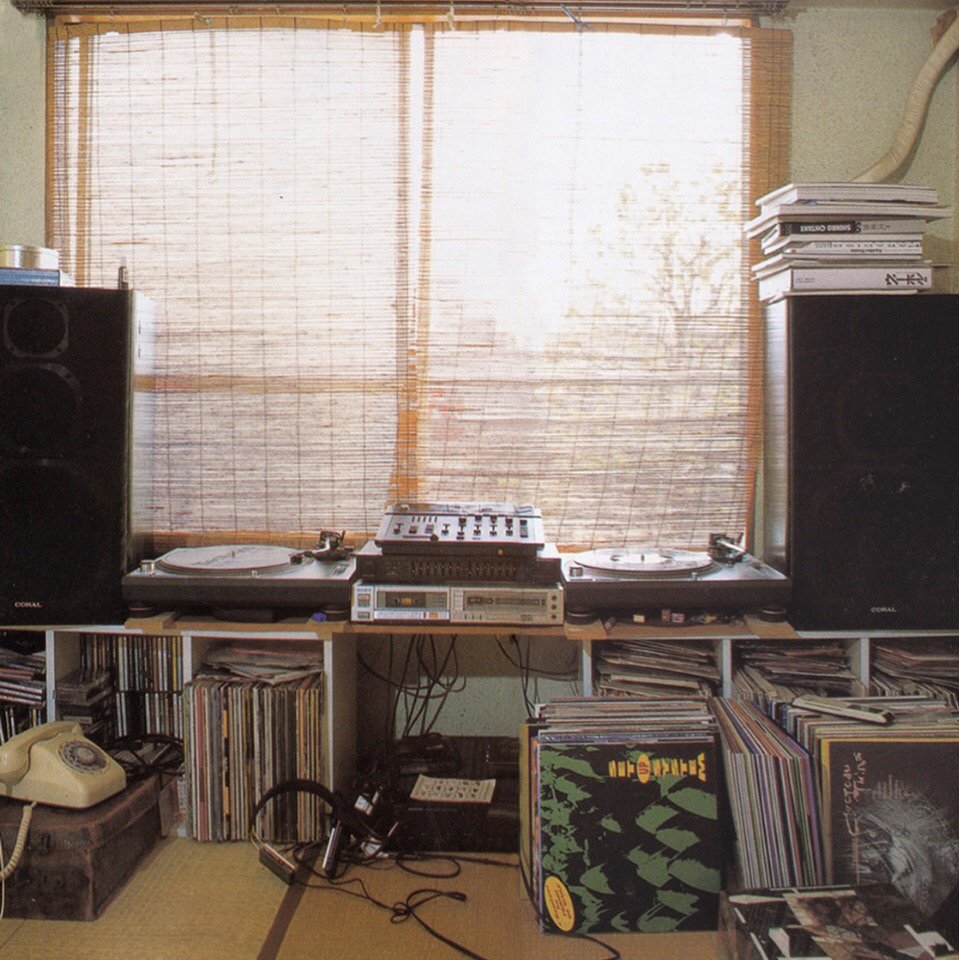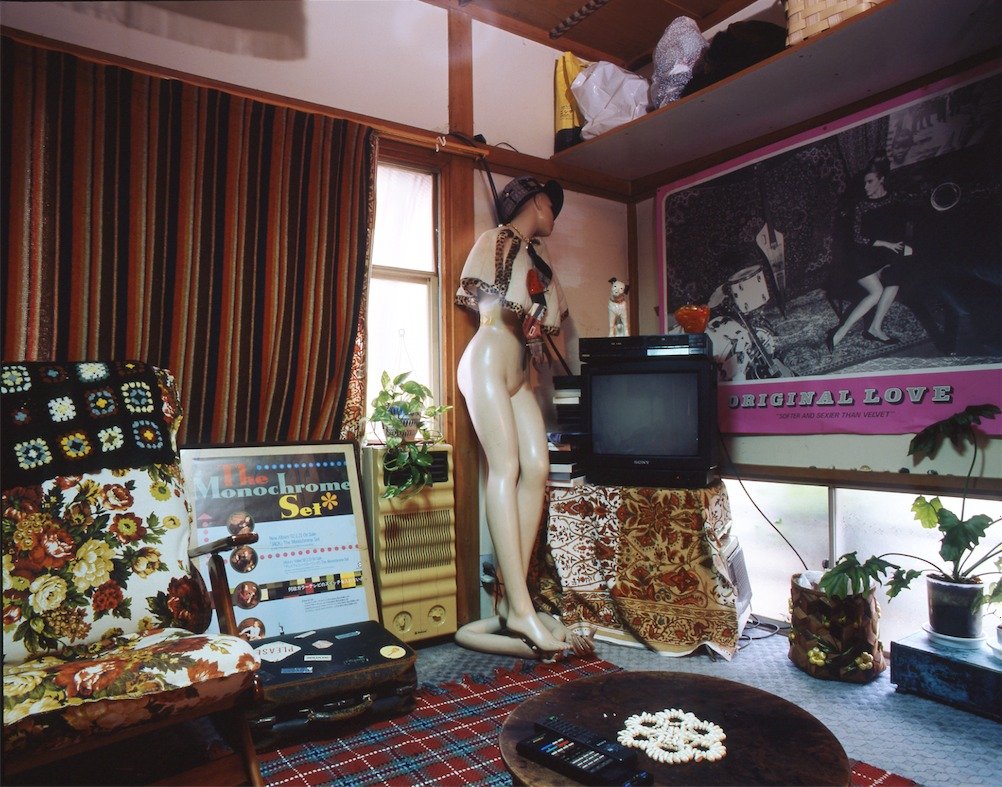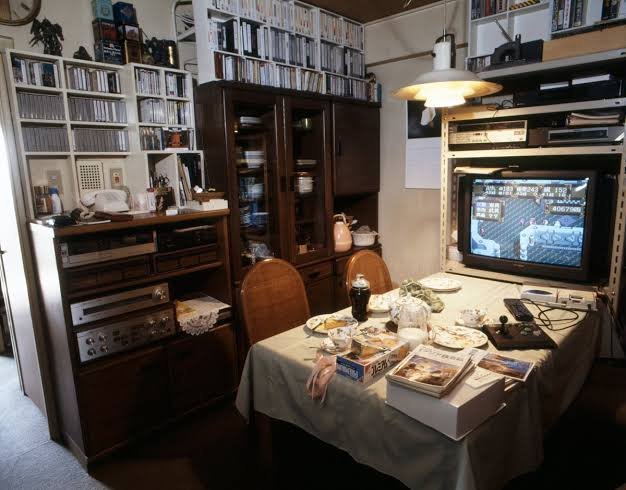TOKYO STYLE: Raw Tokyo Living
Published in 1993, Kyoichi Tsuzuki’s seminal book, TOKYO STYLE, is a collection of photographs that display the raw reality of living in Japan’s capital city. Completed over 2 years, Tsuzuki visited hundreds of apartments, snapping photos of residents and their rooms. Frustrated by the idealized version of Tokyo displayed in design magazines, Tsuzuki confronted readers with the cluttered and chaotic truth contained within the city’s walls and shed a light on the ordinary lives of the people within them.
Born in Tokyo in 1956, Tsuzuki has been involved in the arts since college. Initially, he wrote articles on art and design and sent them to publications like Popeye and Brutus for printing. Later, he took on the conceptual designs for Tokyo clubs such as Milk in Ebisu. From there, he worked with a tenacity that saw him become a cult like figure in the art world – someone who seeks out what interests him and writes about it passionately and in depth. He has kept a high degree of creative control by focusing more heavily on self-publication.
None of his works better embodies his dogged approach to research than TOKYO STYLE. Tsuzuki visited each living space personally, met the owners, took photos and discussed the story behind their home. The book provides an incredible insight into the ways in which we each take a blank space and make it our own. Particularly within the cramped living conditions of Tokyo’s apartments, there is a subtle art to creating a sense of individuality within the confines of four walls.
The book is also fascinating, 30 years on, as a time capsule of Tokyo in the early 90’s. The photos are littered with cassette players, chunky landlines and ashtrays in almost every room.
Tsuzuki, avoiding what many saw as an ‘ideal’ vision of Tokyo, also visited many lower income buildings. His photos of rooms in dilapidated buildings where residents share bathrooms provides a glimpse into a side of Tokyo that is often underrepresented. His dedication to this project and detailed examinations of each room show that the residents in these buildings are no different, simply trying to make a space a home.

